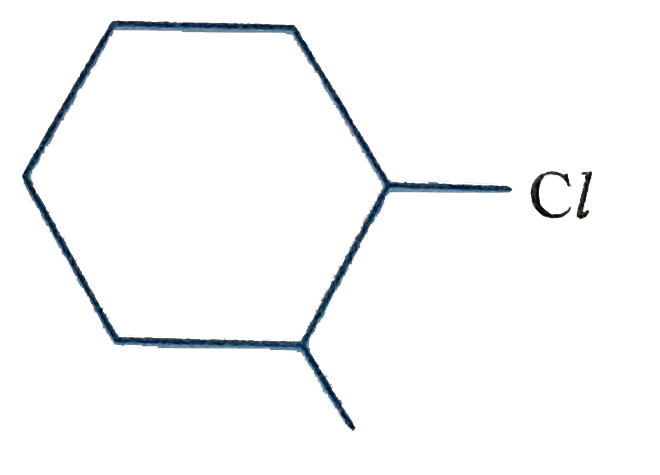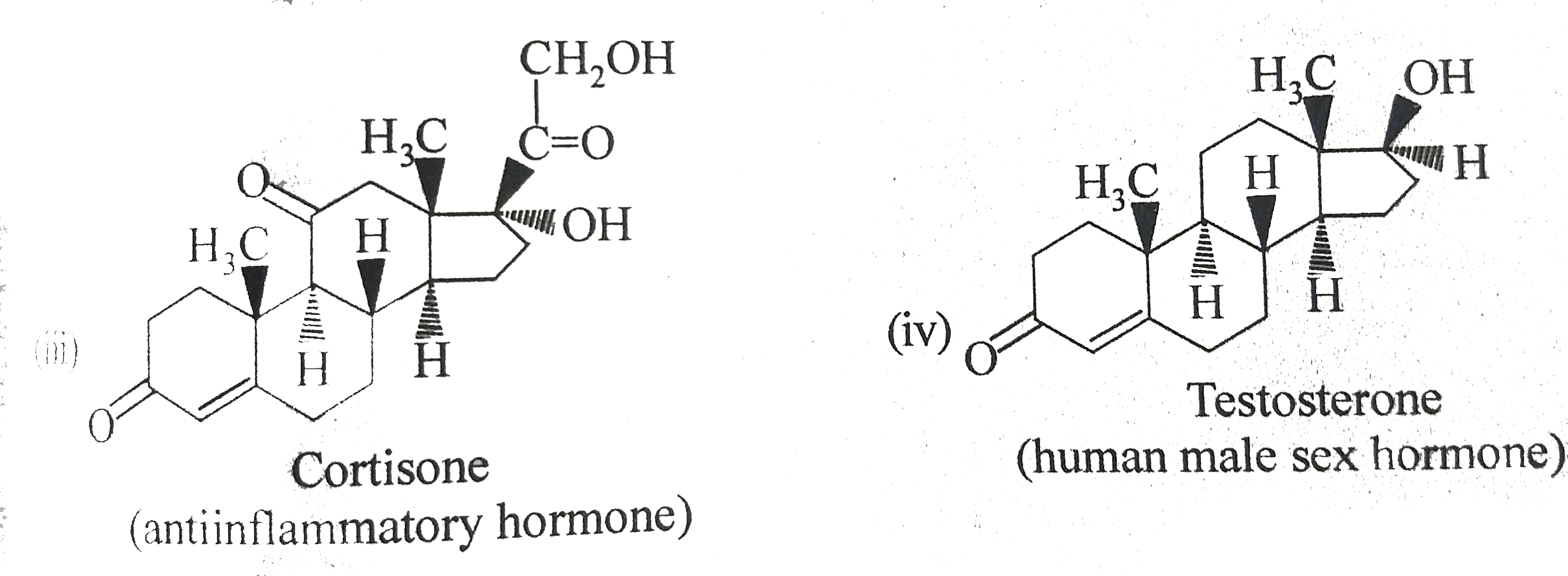The total number of carbon atoms in smallest opitcally active alkane is :
4
5
6
7
To determine the total number of carbon atoms in the smallest optically active alkane, we need to identify the conditions for optical activity and the structure of alkanes.
1. Understanding Chiral Carbon:
- A chiral carbon is defined as a carbon atom that is bonded to four different groups. This is essential for a compound to exhibit optical activity.
2. Analyzing Small Alkanes:
- Start with the smallest alkanes and check for chirality:
- Methane (CH₄): Only one carbon, all four hydrogens are the same. Not chiral.
- Ethane (C₂H₆): Two carbons, both are connected to similar groups. Not chiral.
- Propane (C₃H₈): Three carbons, still no chiral carbon as all groups are not different. Not chiral.
- Butane (C₄H₁₀): Four carbons, again no chiral carbon. Not chiral.
3. Exploring Butane Isomers:
- When we consider isomers of butane, we still find no chiral centers.
4. Checking Pentane (C₅H₁₂):
- For five carbons, we can have straight-chain pentane or branched forms, but none of these configurations yield a chiral carbon.
5. Investigating Hexane (C₆H₁₄):
- Similar to pentane, hexane does not provide any chiral carbon.
6. Finding Chiral Carbon in Heptane (C₇H₁₆):
- When we reach seven carbons, we can create a branched structure:
- For example, 2-methylhexane (C₇H₁₆) has a chiral carbon at the second position (the carbon bonded to CH₃, CH₂, and two different groups).
- This structure provides one chiral carbon, making it optically active.
7. Conclusion:
- The smallest optically active alkane has 7 carbon atoms.
Final Answer:
The total number of carbon atoms in the smallest optically active alkane is 7.
- A chiral carbon is defined as a carbon atom that is bonded to four different groups. This is essential for a compound to exhibit optical activity.
- Start with the smallest alkanes and check for chirality:
- Methane (CH₄): Only one carbon, all four hydrogens are the same. Not chiral.
- Ethane (C₂H₆): Two carbons, both are connected to similar groups. Not chiral.
- Propane (C₃H₈): Three carbons, still no chiral carbon as all groups are not different. Not chiral.
- Butane (C₄H₁₀): Four carbons, again no chiral carbon. Not chiral.
- When we consider isomers of butane, we still find no chiral centers.
- For five carbons, we can have straight-chain pentane or branched forms, but none of these configurations yield a chiral carbon.
- Similar to pentane, hexane does not provide any chiral carbon.
- When we reach seven carbons, we can create a branched structure:
- For example, 2-methylhexane (C₇H₁₆) has a chiral carbon at the second position (the carbon bonded to CH₃, CH₂, and two different groups).
- This structure provides one chiral carbon, making it optically active.
- The smallest optically active alkane has 7 carbon atoms.
The total number of carbon atoms in the smallest optically active alkane is 7.
Similar Questions
Knowledge Check
The total number of carbon atoms in phytol chain is
A20B22C25D32Number of chiral carbon atoms is
 isA2B3C4D1
isA2B3C4D1OH∣CH2−C−CH2−COOH ∣∣ CH ∣ CH3 Total number of carbon
atoms in parent carbon chain is :-A4B5C6D3
Number of carbon atoms in alkane having molecular mass 86 is
View SolutionNumber of carbon atoms in alkane having molecular mass 58 is
View SolutionThe total number of carbon atoms present in the starting materials used for nylon-6,6 are_____.
View SolutionThe number of asymmetric carbon atom in glucose are
View SolutionAs the number of carbon atoms in a chain increases the boiling point of alkanes
View Solution


